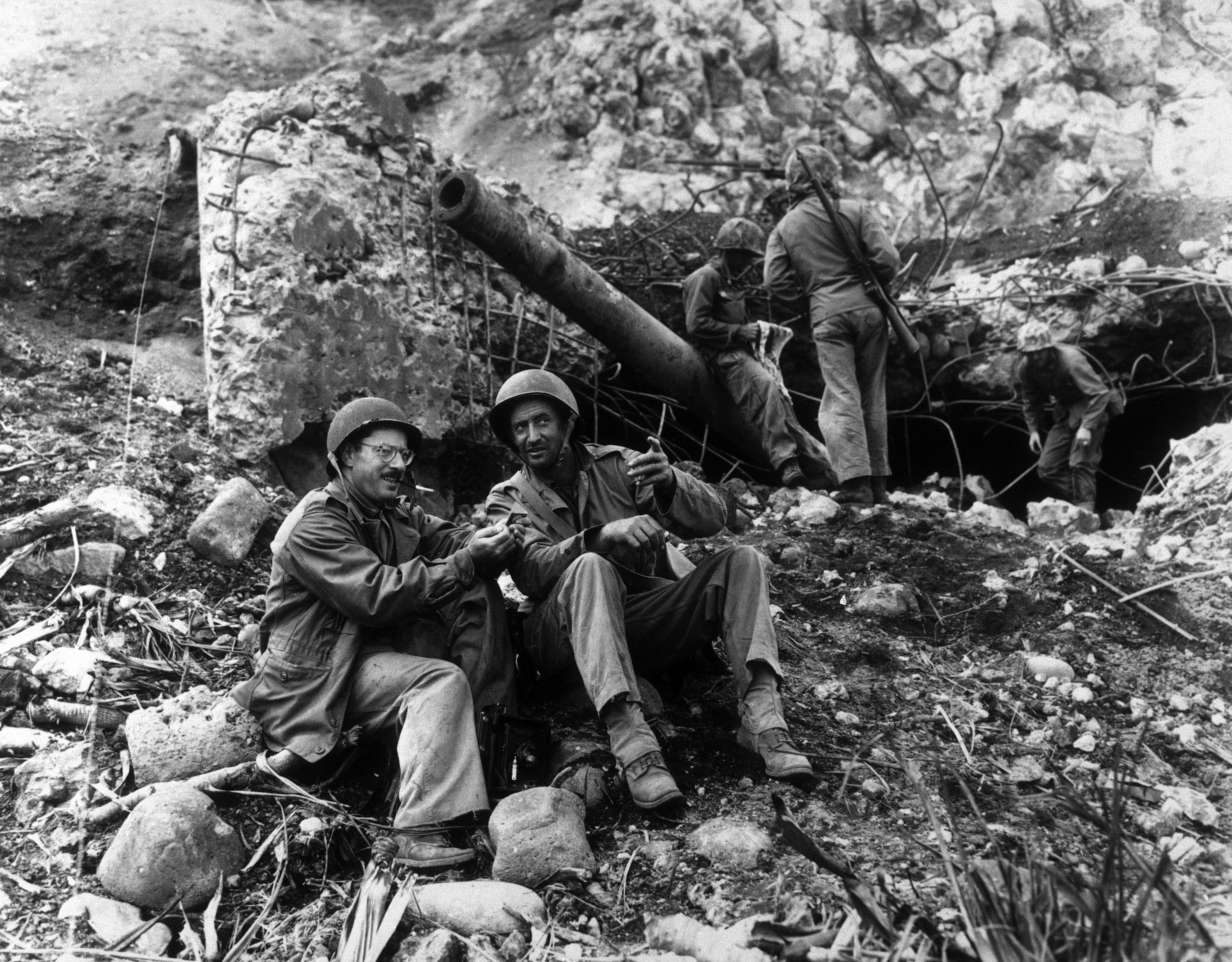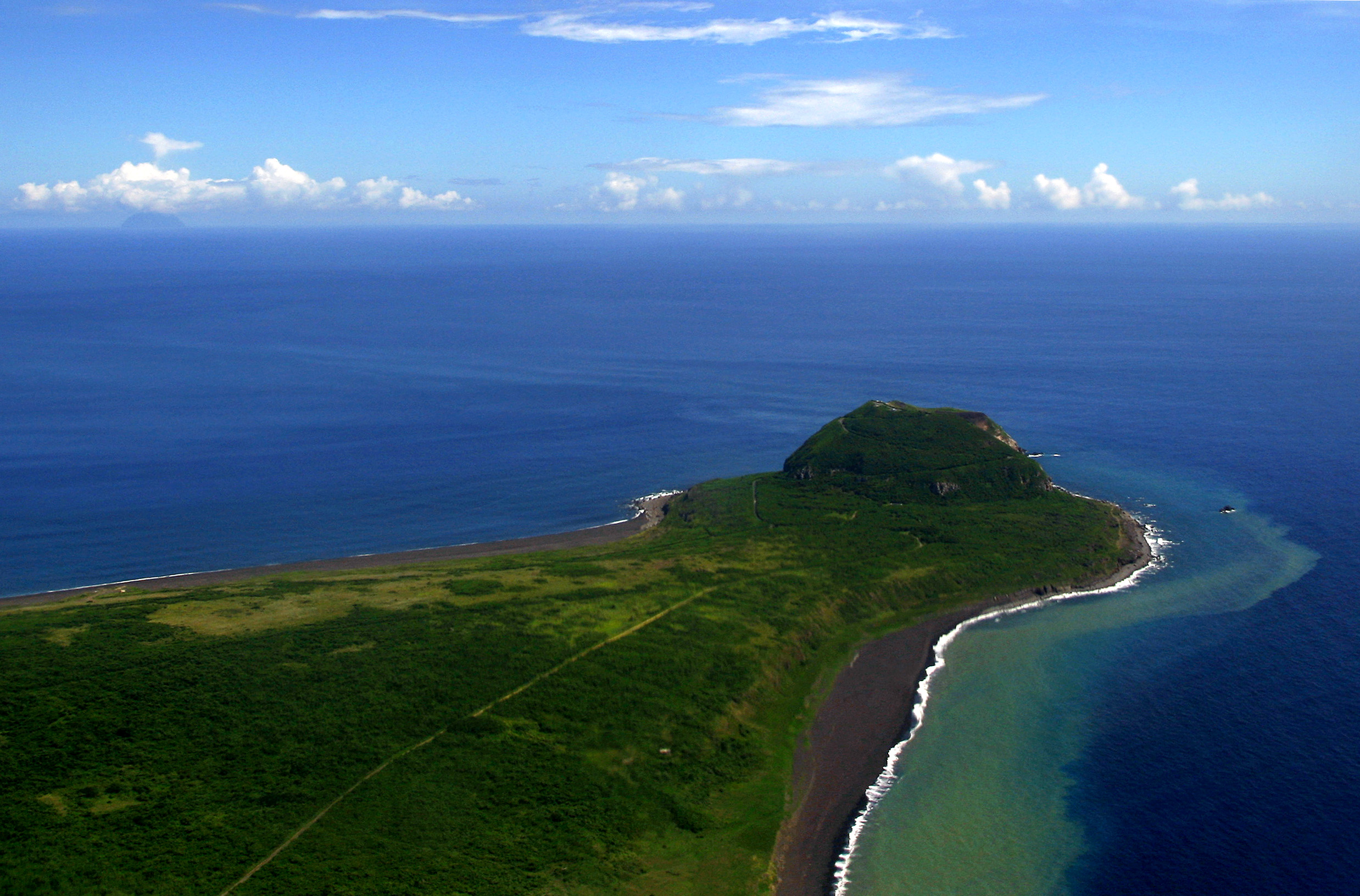On Feb 23, 1945, the United States Marines and a Navy Corpsman raised the American flag atop Mt. Suribachi in Iwo Jima. Joe Rosenthal, a photographer for the Associated Press, would snap the picture that would define the U.S.’s involvement in the Pacific for WWII and become a symbol for American veterans for generations to come. The Marines toil to raise the flag, amidst the gritty scene around them, symbolizing the great efforts those in our military put into “raising the flag,” be it literally or figuratively. This picture got Rosenthal the Pulizter Prize and has been reproduced more times than any other photograph in history.

The Battle of Iwo Jima started just five days before the iconic picture was taken. The Marines were tasked with taking the island of Iwo Jima, which held three Japanese air fields and seemingly endless Japanese defenses. The losses sustained were staggering on both sides — 6,821 Americans were killed; somewhere between 17,845-18,375 Japanese were killed. The Japanese command knew that they could not defeat the United States in combat on the island of Iwo Jima, but their commanding general intended to inflict substantial casualties to the U.S. in an effort to get them to reconsider invading mainland Japan.
After three days of bombardment from the Navy, U.S. Marines landed on the shores of Iwo Jima and began their land assault. Despite the dug-in Japanese, with the defensive advantage, the Marines pushed relentlessly, taking heavy casualties as they fought and fought, making tiny advancements day by day. It wasn’t until March 3 that the island was theirs, along with the air fields, though at a great cost — over 17,000 American troops were wounded in action.
Look again at the featured picture above — half of those in the picture were later killed in combat in Iwo Jima. A Marine war photographer by the name of Bill Genaust also filmed the raising of the flag on Feb 23, was also killed on the island.

Joe Rosenthal had initially wanted to join the U.S. Army, but couldn’t because of his poor eyesight. He wound up working for the Associated Press, and followed troops into combat in New Guinea, Peleliu, Angaur, Hollandia, Guam and of course, Iwo Jima. For his service, including but not limited to the picture for which he is most greatly known, the Marines gave him the Navy Distinguished Public Service Award. In 1996, Marine Corps General Charles Krulak bestowed upon him the title of an “honorary Marine,” a distinguishment he undoubtedly earned time and time again.

Featured image courtesy of the Associated Press.










COMMENTS
You must become a subscriber or login to view or post comments on this article.